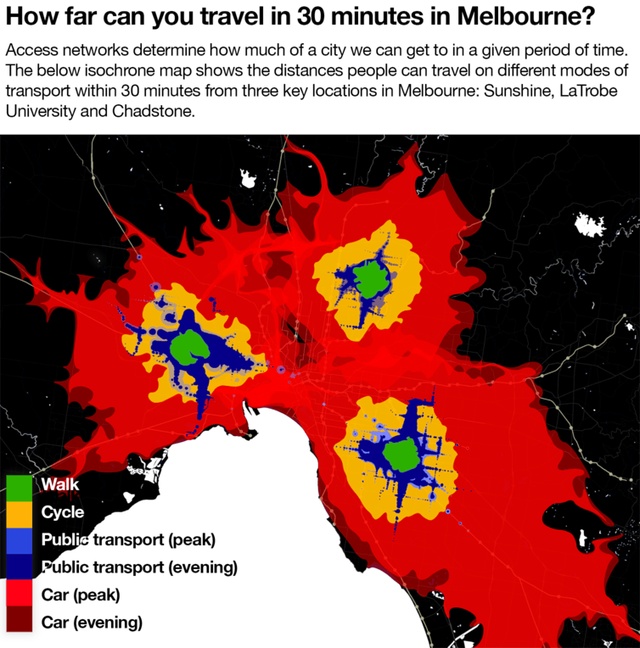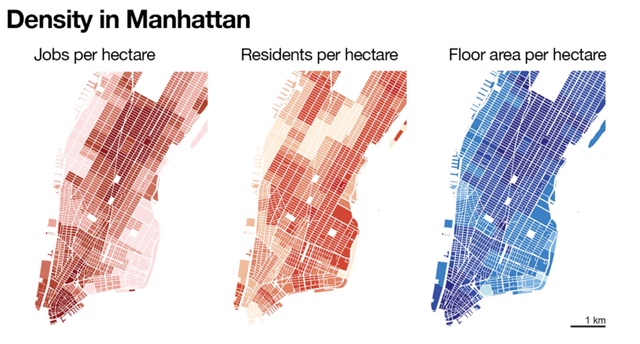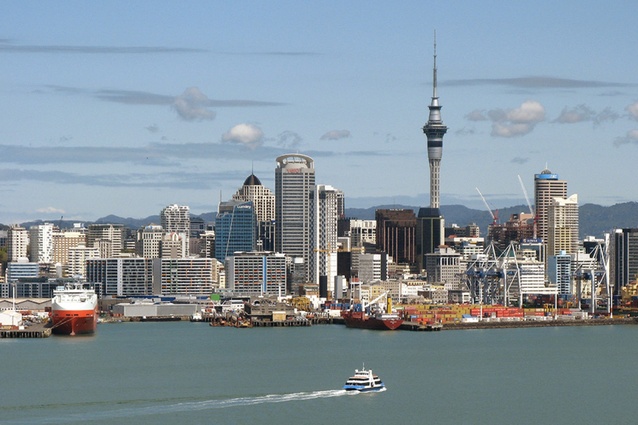What makes a city tick? Designing the ‘urban DMA’
Great cities and neighbourhoods always have a particular kind of urban intensity – what we might call the “character”, “buzz” or “atmosphere” that emerges over time. While unique in many ways, great cities also have certain things in common. One way to understand these properties is to think about a city’s “urban DMA” – its density, mix and access.
We’re still in the early days of understanding how cities work. But we do know that creative, healthy, low-carbon and productive cities all depend on intensive synergies of density, mix and access.
When we talk about “urban DMA”, we’re talking about the density of a city’s buildings, the way people and activities are mixed together, and the access, or transport networks that we use to navigate through them.
Like biological DNA, urban DMA doesn’t determine outcomes, but establishes what is possible. A low density, largely mono-functional cul-de-sac (such as a shopping mall or a gated enclave) is an anti-urban form. Minimum levels of concentration, co-functioning and connectivity are necessary for any kind of urban life.
The concept of urban DMA can be traced to the work of the late Jane Jacobs, whose book The Death and Life of Great American Cities was written in the mid-20th century, when many great cities were being surrendered to cars and poor urban design.
Jacobs wrote of the need for “concentration”, “mixed primary uses”, “old buildings” and “short blocks”. We recognise this as urban DMA – “concentration” is density; “mixed use” and “old buildings” are the conditions for a formal, functional and social mix; and “short blocks” means “walkability” at a neighbourhood scale.
Jacobs’ key contribution was to focus on the city as a set of interconnections and synergies rather than things in themselves – a focus on the city as an assemblage, rather than a set of parts. While the language has evolved, our understanding of these vital synergies needs to be taken much further.
Access
Access is about how we get around in the city. How do we make connections between where we are and where we want or need to be? What are the access routes – are they organised in closed or open networks? How fast are they at different scales and for different modes of transport? How far can we get with a given time frame and with what mix of walking, cycling, car, bus, tram or train?
At a neighbourhood scale access is primarily about “walkability”; at larger scales we depend on a mix of cars, cycling and public transport. But access means nothing if there is nowhere to go – the synergy with density and mix is everything.

Mix
Mix is about the differences and juxtapositions between activities, attractions and people. It’s not about diversity as spectacle, but a means of enabling encounters and flows between different categories of people, buildings and functions. Mix is about the alliances and synergies between home, work and play; between production, exchange and consumption.
Like density, mix can be uncomfortable; it means proximity to different kinds of people and practices. It means a layering of old and new buildings, of large and small buildings, and of large and small organisations.
Mix is not an unmitigated benefit. Urban planning was largely invented to stop mixing - to prevent living with noise, smells and activities we don’t like. It means keeping where we live away from where we work and shop.
But that separation ceases to be helpful when the result is people living in suburbs with no shops, or working in suburbs with no transport. Great cities will have many different kinds of mix – a “mix of mixes” - each geared in turn to density and access.
Density
Density is not the same as intensity. When we don’t have the synergies of the DMA, we often get density without intensity.
There are dangers in an excess of some kinds of density, like the overcrowding of populations and the loss of light and air that comes with excessive building. There are many different kinds of densities – of residents, jobs, buildings, houses and street life. They interconnect, and they all matter.
The big question about density is: how much activity, how many people and how many buildings can be concentrated into one urban area? How close can we live to where we work or need to be? How many urban amenities, places and jobs can we walk or commute to?

Urbanity
What is at stake here is the future of this great cauldron of productivity and creativity we call urban life. The 19th century British economist Alfred Marshall famously suggested that there was “something in the air” of a city that made it more economically productive – a phrase that is suggestive of an “atmosphere” and a “buzz” of urban intensity.
Much more than a simple clustering of people and buildings, urbanity is a concentration of intensive encounters and interconnections. And its benefits are much more than economic – they’re social, environmental and aesthetic.
If we want to build great cities, we shouldn’t develop formulae or copies of “best practice” from other cities. We should turn to our existing cities and ask three simple questions:
- How dense can we get yet remain liveable?
- How mixed can we get while remaining safe and civil? And,
- How easily can we get around in a healthy and sustainable way?
Urban planning enables and constrains these dimensions of urban life. And unlike human DNA, urban DMA can be redesigned. If we want a healthy, creative, productive and low-carbon city – if we want “the buzz” – we need to reshape the urban DMA.
This article was originally published on The Conversation. Read the original article.










